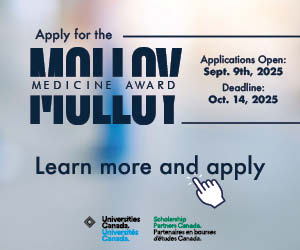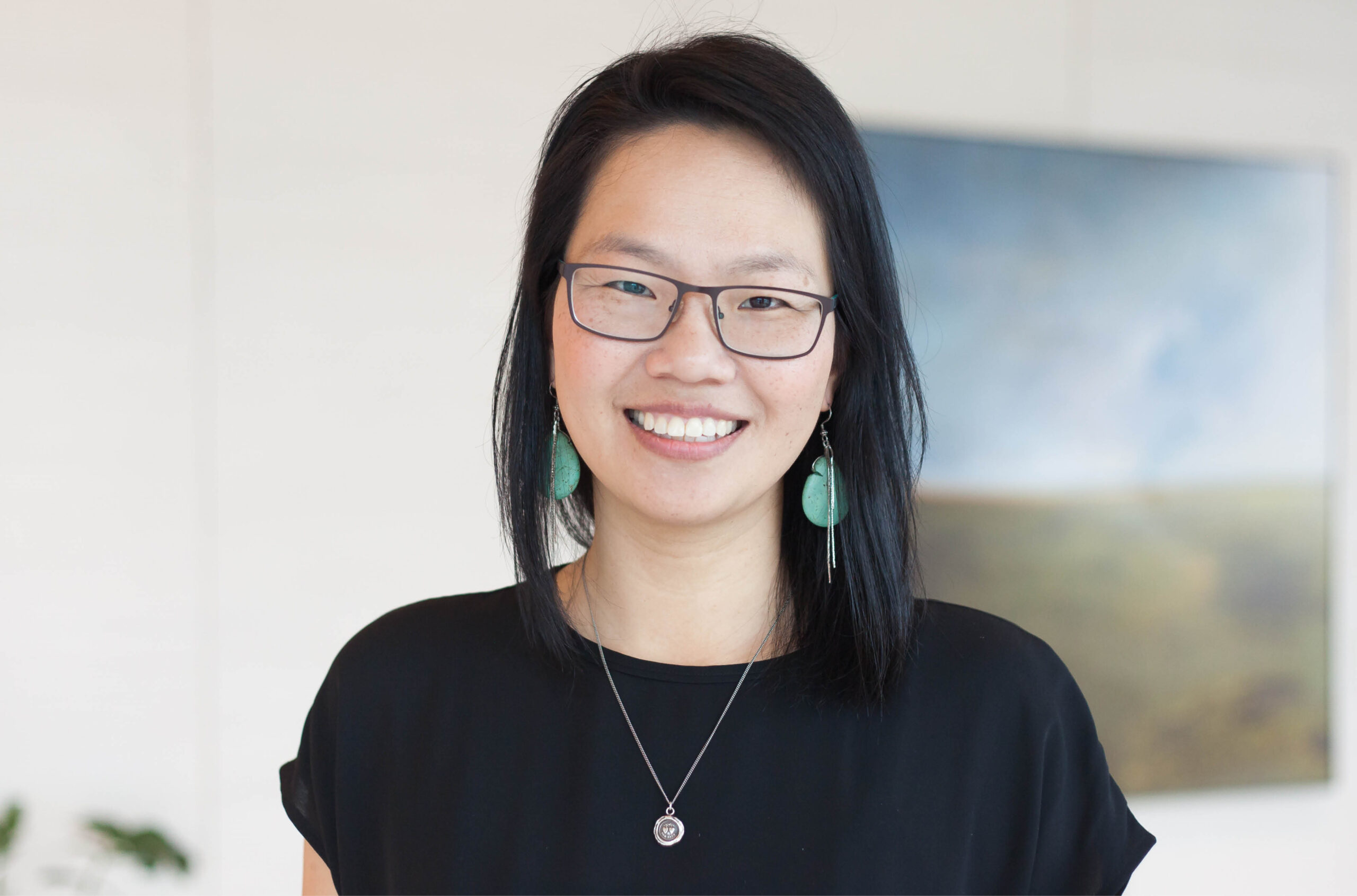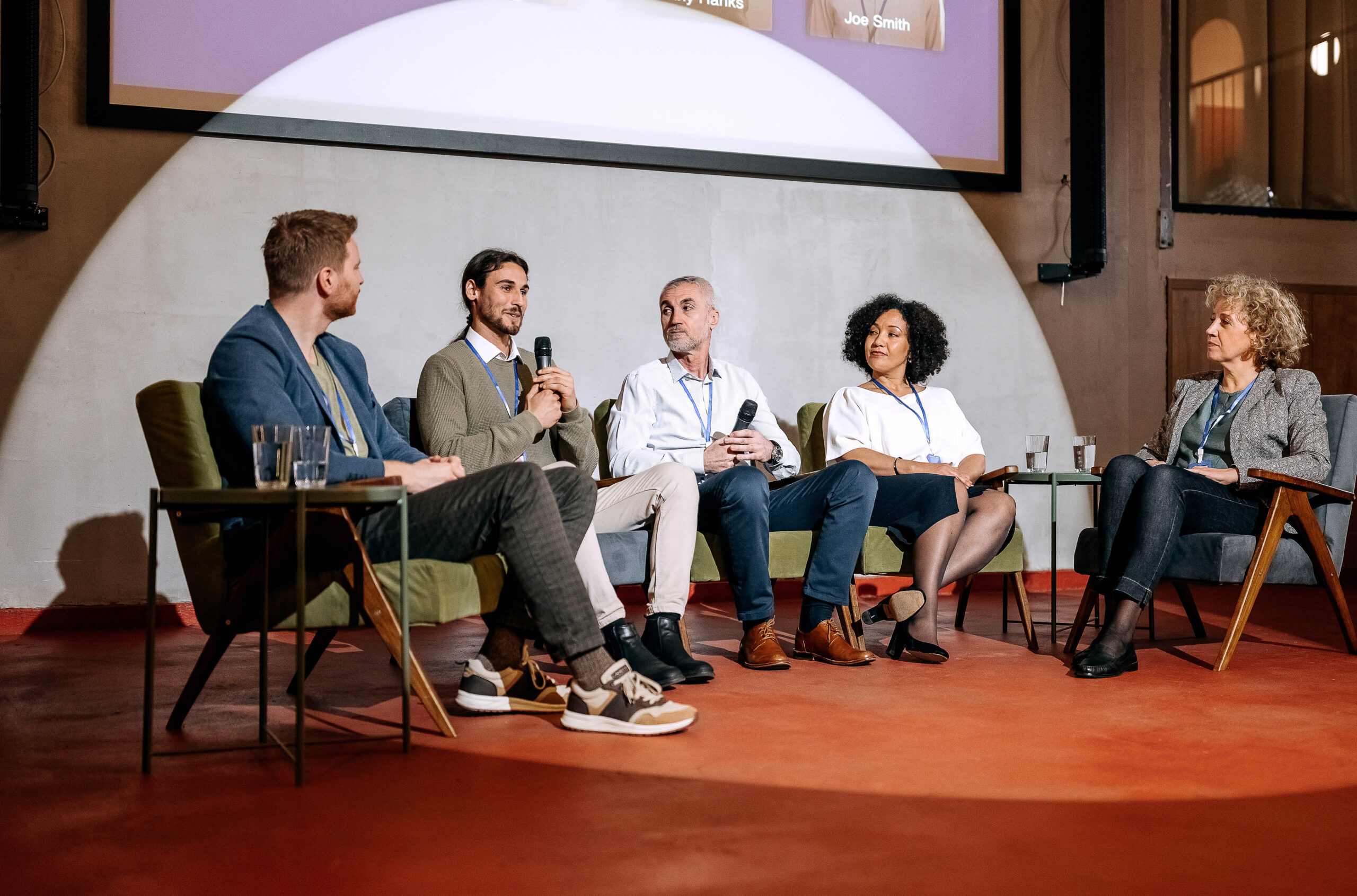Writing winning partnership grant applications
Setting up for success with the SSHRC PG.

Question:
After building a solid foundation of funded research, I’m ready to apply for my first-ever SSHRC Partnership Grant (PG) in the new year. What should I be doing differently from my usual SSHRC Insight Grant (IG) applications?
– Anonymous, Educational Studies
Dr. Editor’s response:
A SSHRC PG can be a great way to lock in up to seven years of research funding, providing you with more time than an IG’s five-year term.
But the PG is also notorious for its high bar, with only 36 per cent of applicants (25 out of 69) proceeding past Stage 1 in last year’s competition, compared to an 80 per cent success rate at Stage 2. (The curious can access SSHRC Competition Statistics here.)
A key difference between the PG and the IG is that PGs do not usually fund a single project. Instead, PGs should have knowledge creation (or research training) and mobilization goals that work in tandem, braiding related strands to create a strong and integrated research trajectory.
To learn more about PG-specific strategies, I spoke with Kyla Reid, who is the assistant director of research development in the office of research initiatives and services at Carleton University; she regularly works with SSHRC PG applicants.
1. Show how your work builds on your track record
It’s hard to win a SSHRC PG without a solid track record, including previous collaborations with most, if not all, of your proposed partners. This “solid track record” doesn’t need to include a Partnership Development Grant (PDG); in fact, because the PDG is almost as onerous an application as the PG, I often recommend that researchers consider skipping the PDG and just go straight to the larger, longer PG, given that applying for it involves the same amount of work as applying for a PDG.
Your track record can involve any number of collaborations:
- SSHRC Connection or Partnership Engage Grant projects,
- Work funded by internal grants from your institution,
- Mitacs-funded applied research internships,
- Co-authored publications,
- Co-authored and co-delivered conference presentations,
- Collaborative knowledge mobilization events or projects, or
- Applied research or community service learning projects pursued in your senior undergraduate or graduate seminars.
Peer reviewers on research grants are well-known for their disinclination to fund research that is perceived to be risky (see Boudreau et al., 2016; Gallo et al., 2018). By showing that you have a track record of successful collaborations – especially successful collaborations with the partners you propose working with in this PG – you provide evidence of the likely success of future collaborations, reducing the riskiness of your application, and so nudging your score on the “feasibility” evaluation criteria that little bit higher.
2. Start building new relationships now
For a SSHRC PG to be successful, you need strong partnerships – including, usually, partners outside of academia. By “strong,” Dr. Reid emphasizes that you need to take these partnerships seriously by involving partners in the co-development of the grant application. Ideally, your PG application will allow you to continue developing existing collaborations, but many PG applicants also find that they need to expand their partnerships as they enlarge the scope of their work to fit this grant’s timescale and budget.
If you need to build new relationships for your SSHRC PG, start building them now, in the summer before you submit your Stage 1 application. If you wait until September to start talking with potential partners about your ideas and their needs, you may not have enough time to build the relationships and secure the contributions that you need for your early February deadline.
Not sure where or how to start connecting with new potential partners? Turn to your institutional supports and seek guidance from your university’s community engagement or knowledge exchange office.
Once a non-academic partner agrees to work with you, Dr. Reid suggests investing in appropriate supports for them. For example, any co-applicants or collaborators will need to log in to the SSHRC application portal and enter extensive information including about their background and publication history. This work can be tedious and time-consuming – especially for non-academics – so consider hiring an RA to support the completion of these steps. “If universities want to play in community engaged spaces,” says Dr. Reid, “they need to be investing resources to support partners at the front end.”
Your partners will also need to provide a compelling letter of support to SSHRC as part of your Stage 1 application. This letter of support will need to identify how participating in this project will advance the partner organization’s mission and priorities, and will also need to spell out the in-kind – and, if relevant, cash – contributions that your partner will provide. It’s common for not-for-profit organizations to want to qualitatively describe these contributions, rather than attach a dollar figure to them. However, because SSHRC requires a minimum 35 per cent match for PG funds – I usually suggest targeting a minimum of a 50 per cent match to be competitive – you’ll need to support your partners in estimating a number of hours for their in-kind contributions and attaching an hourly salary figure for these hours of work. Doing so clarifies for your reviewers just how deeply your partners are invested in the proposed work. You can access my template letter of support here.
3. Speak big and broad
SSHRC PG budgets can be as big as $2.5M. Dr. Reid advises that you should articulate a “big vision” that will get your reviewers excited. “Ensure your proposal answers the multi-million-dollar question: Why this project?” When your budget is this big, reviewers’ expectations are equally large.
By speaking to the “big vision” of your proposed research, you need to make sure that your description avoids the mire of the unspoken assumptions of your field or, worse, disciplinary jargon (which I actually usually recommend for grant applications!). SSHRC PG review committees are multidisciplinary; for example, last year’s merit review committee included researchers from the digital humanities, educational studies, English literature, forestry, geography, health analysis and social work, among other disciplines. With such a broad review committee membership, your goals, objectives, methods and proposed deliverables need to be clear and compelling to researchers in a range of fields. That doesn’t mean your project itself needs to be interdisciplinary – only that you can’t take the “why it matters” for granted. So, argue clearly for the significance of your proposed work.
A SSHRC Partnership Grant is a substantial grant application. By building on existing relationships, connecting early with new potential partners, and articulating a big vision for a multidisciplinary review committee, you increase your chances of getting past the big cut at Stage 1 of the PG competition.
Featured Jobs
- Education - Indigenous Lecturer or Assistant Professor, 2-year term (Teacher Education)Western University
- Division Chair/Division Head/Chief and Academic Vascular SurgeonWestern University
- Business - Assistant Professor (Digital Technology)Queen's University
- Law - Assistant or Associate Professor (International Economic Law)Queen's University
- Science - Assistant Professor (Teaching)The University of British Columbia


















Post a comment
University Affairs moderates all comments according to the following guidelines. If approved, comments generally appear within one business day. We may republish particularly insightful remarks in our print edition or elsewhere.